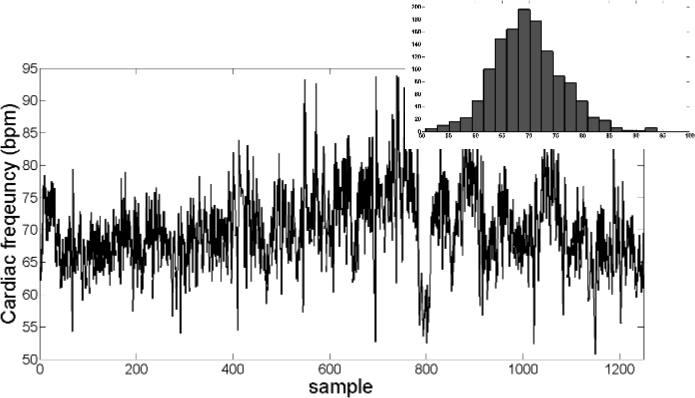The heart is the muscular organ necessary for the proper functioning of the organism. It works by pumping the blood into all organs, but with a certain frequency and pressure; in this vital process the heart consumes a lot of energy, being greater in a state of activity than at rest, so it is essential to maintain control of the heart rate and not to put life at risk.
In this article, we tell you what the heart rate is and how it is measured so that you can clear all your doubts.
What Is Heart Rate?
It is the number of contractions or pulses performed by the heart that is measured under certain conditions (rest or activity) and expressed per minute. In these cardiac contractions, the vital organ exerts a wave of pressure on the circulation of the blood it pumps, causing an expansion of the arteries.
There are several main arterial points in the body for a good measurement of heart rate:
- In the carotid arteries, located on both sides of the neck. The measurement is done only on one side because it can cause syncope or cerebral ischemia if the two carotids are felt simultaneously at the same time.
- Brachial pulse, in the place of the brachial artery, on the inner median side of the elbow.
- Temporary pulse, located in front of the top of the ear, on the temple.
- Femoral pulse, on the top and slightly inner of the thigh.
- Other body parts for taking pulses and heart rate may be the back of the knee (pulse polite), behind the ankle (back tibial artisan), or the facial pulse, in the facial artery, located on the ascending edge of the lower jaw.
Why Is It Important To Control The Heart Rate?
Heart rate control, especially for the athlete, is important, and should be monitored regularly during life, especially if physical exercise is performed. Heart rate is the main indicator of cardiovascular health information in any human being.
It is also important to keep the bars suitable for our age and physical condition, as blood pressure varies throughout the day and depends on our genetics and lifestyle.
Thus, from the age of 20, the frequency of heartbeat at rest ranges from 50-100 pulses per minute, but if you are an athlete the frequencies are lower, between 40-60 pulsations in one minute. If they pass those vases, tachycardias can occur, and if they are below, bradycardias occur.
Some devices and applications allow you to monitor heart rate during exercise, and even in competitions, which help improve confidence and safety at the cardiovascular level of the exercise.
These technical advances help coaches and athletes to determine the athletic condition and thus establish the limited performance; they allow an assessment of the evolution of the exercise, either to improve it, vary, or dose it; it also shows us the recovery and response of the body after the activity.
How Is The Heart Rate Measured?
There are different ways to take the pulse and heart rate, depending on the situation we find ourselves in. We’ve already pointed out that athletes use electronic devices.
It can also be taken manually: for this, first, you have to locate a main artery (from those mentioned above) and slightly press with the index and heart fingers, counting continuous pulses for one minute.
